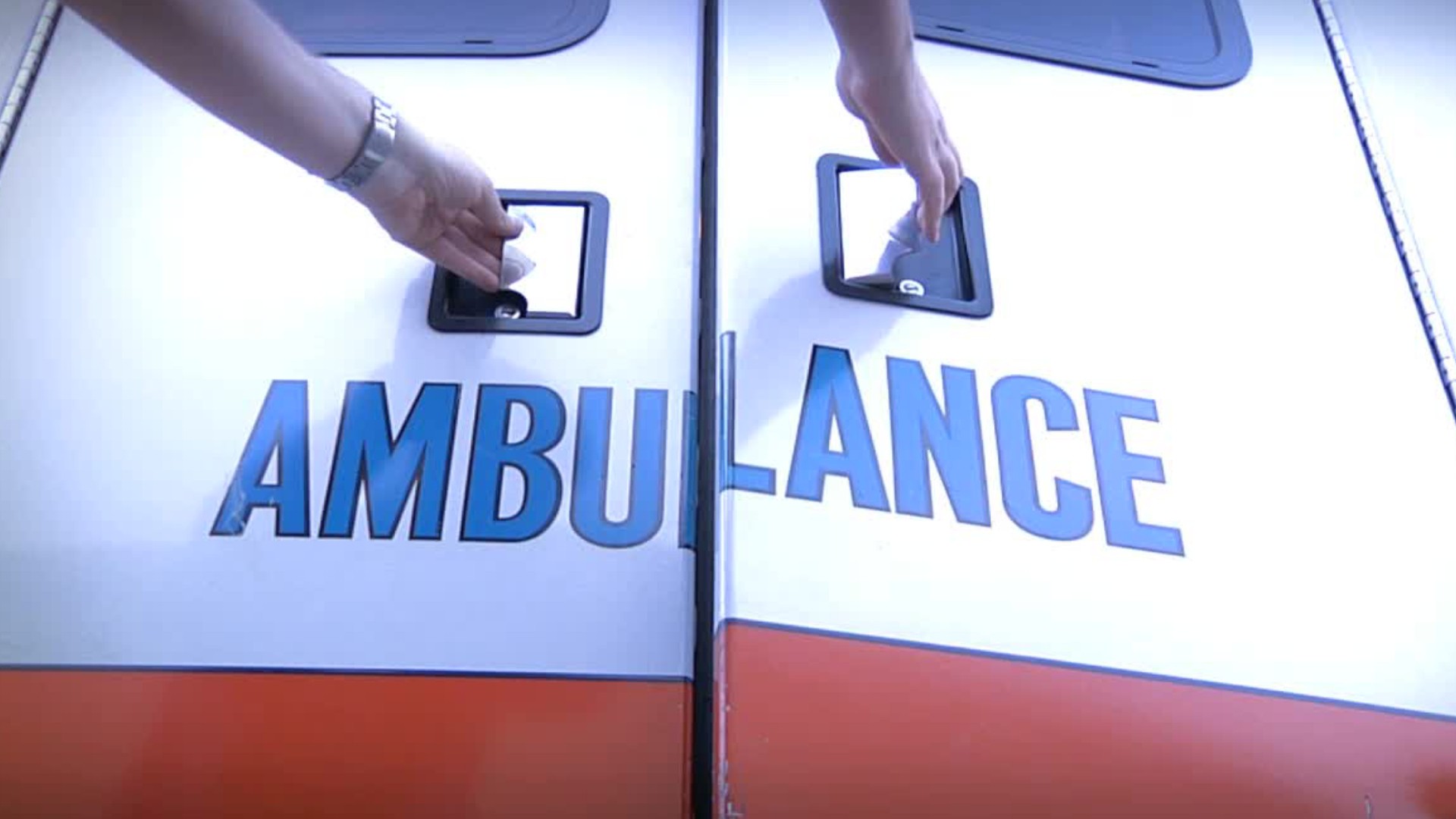Emergency Medical Technicians
Emergency Medical Technician (EMT), First Responder
 Select a military branch to see samples.
Select a military branch to see samples.
Aerospace Medical Service; Aerospace Medical Service Apprentice, Neurodiagnostic Medical Technician; Aerospace Medical Service Helper; Aerospace Medical Service Journeyman; Aerospace Medical Service Superintendent; Dental Assistant Journeyman, Dental Hygienist; Fire Protection Journeyman; Health Services Management Helper; Pararescue Journeyman; Special Reconnaissance Journeyman
Aeromedical Evacuation; Aerospace Medicine; Civil Affairs Medical Sergeant (CA Medical SGT); Combat Medic Specialist; Emergency Physician; General Medical Officer; Medical Corps Officer; Military Police; Orthopedic Specialist; Special Forces Medical Sergeant
Health Services Technician; Medical Administration Specialty
Expeditionary Firefighting and Rescue (EFR) Specialist
Aerospace Medical Technician; Deep Sea Diving Independent Duty Corpsman; Field Medical Service Technician; General Surgeon; Hospital Corpsman; Naval Aircrewman (Helicopter); Naval Special Warfare Special Operations Combat Medic (SOCM); Orthopedic Technician; Special Warfare Boat Operator; Sugical Technologist
No similar titles were found.
What they do:
Assess injuries and illnesses and administer basic emergency medical care. May transport injured or sick persons to medical facilities.
On the job, you would:
- Administer first aid treatment or life support care to sick or injured persons in prehospital settings.
- Assess nature and extent of illness or injury to establish and prioritize medical procedures.
- Attend training classes to maintain certification licensure, keep abreast of new developments in the field, or maintain existing knowledge.
Knowledge
Knowledge information for this career will be available soon.
Skills
Skills information for this career will be available soon.
Abilities
Abilities information for this career will be available soon.
Personality
People interested in this work like activities that include helping people, teaching, and talking.
They do well at jobs that need:
- Self-Confidence
- Sincerity
- Adaptability
- Perseverance
- Empathy
- Stress Tolerance
Technology
You might use software like this on the job:
Medical software
- MedDataSolutions Regist*r
- MEDITECH software
Presentation software
- Microsoft PowerPoint
Information retrieval or search software
- Epocrates
- TechOnSoftware HazMatCE Pro
Education
Education: (rated 3 of 5)
Job Outlook
Bright
New job opportunities are very likely in the future.
Explore More
- Ambulance Drivers & Attendants
- Licensed Practical & Licensed Vocational Nurses
- Paramedics
- Registered Nurses
- Surgical Assistants
You might like a career in one of these industries:
See more details at O*NET OnLine about Emergency Medical Technicians.





